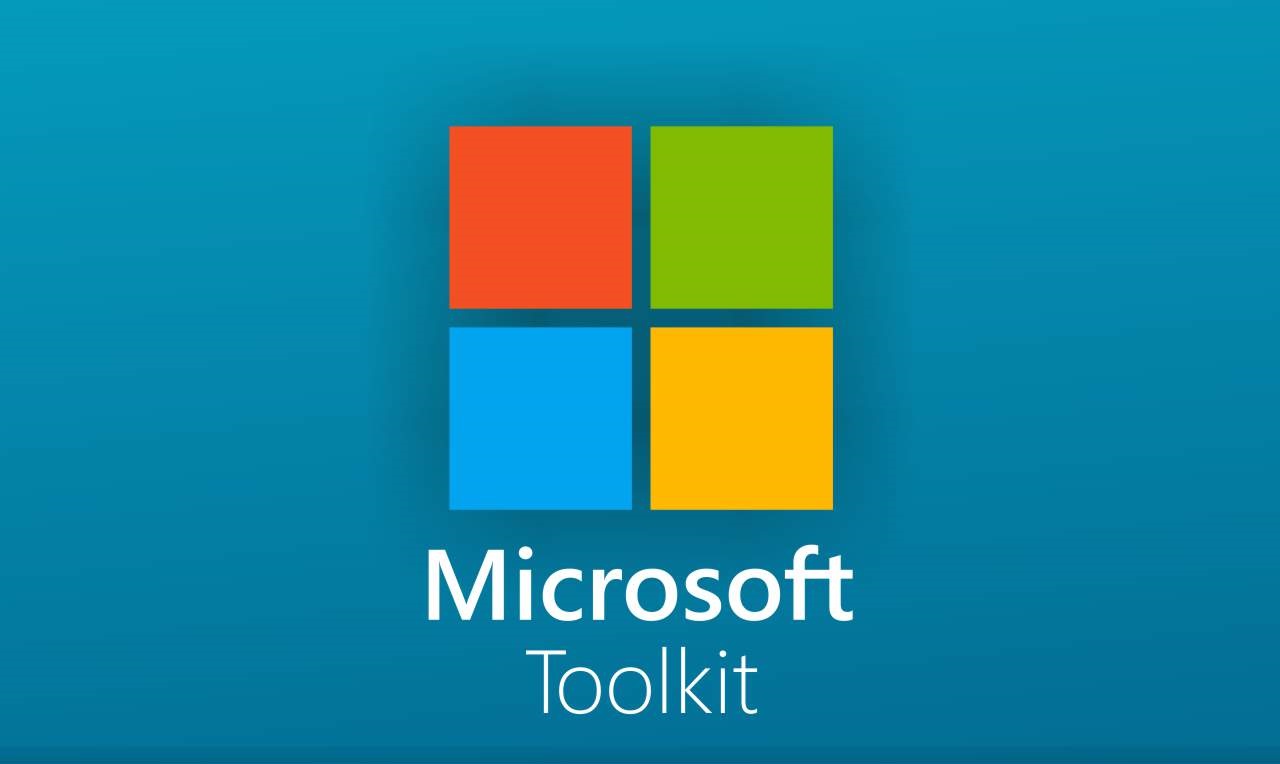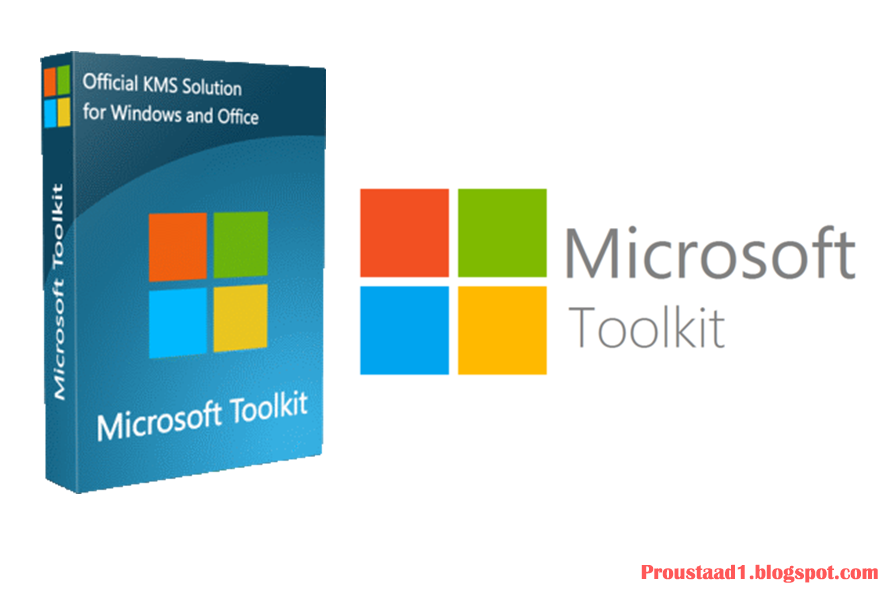Microsoft Toolkit is a powerful tool that can be used to manage and activate Microsoft software licenses. It offers a range of features and functionalities, designed to streamline the process of obtaining and managing software licenses. Whether you’re a software developer, system administrator, or simply a user looking to manage your Microsoft software licenses, understanding the capabilities and limitations of Microsoft Toolkit is crucial.
Table of Contents
This toolkit allows users to activate different versions of Windows and Microsoft Office without requiring a genuine product key. While this can be beneficial for some users, it’s important to note that using Microsoft Toolkit for unauthorized activation is illegal and can have serious consequences.
How Microsoft Toolkit Works
Microsoft Toolkit is a popular tool that allows users to activate Microsoft products without requiring a valid product key. It operates by manipulating system files and registry settings to bypass the activation process.
Activation Process
Microsoft Toolkit employs a combination of techniques to achieve activation. One key aspect is the use of KMS (Key Management Service) servers. These servers act as central activation points, allowing multiple devices to activate using a single license.
Microsoft Toolkit simulates a KMS server environment on the user’s device, enabling it to activate Microsoft products without relying on a genuine product key. It achieves this by:
- Modifying system files and registry entries to create a KMS environment on the device.
- Generating a unique KMS client key, which the system uses to communicate with the simulated KMS server.
- Utilizing KMS activation scripts to initiate the activation process.
The toolkit also leverages other techniques, such as:
- Generating activation keys based on specific product IDs.
- Modifying the activation status of the system to bypass validation checks.
Key Components
Microsoft Toolkit consists of several essential components that work together to achieve activation. These include:
- KMS Emulator: This component simulates a KMS server environment on the user’s device, allowing for activation without relying on a genuine product key.
- Activation Scripts: These scripts are used to initiate the activation process and interact with the simulated KMS server.
- Key Generator: This component generates activation keys based on specific product IDs, enabling activation without a valid product key.
- System Modifiers: These components modify system files and registry settings to bypass activation checks and create a KMS environment.
Using Microsoft Toolkit
To use Microsoft Toolkit effectively, follow these steps:
- Download and extract the latest version of Microsoft Toolkit from a reliable source.
- Run the toolkit as an administrator.
- Select the Microsoft product you want to activate from the list of available options.
- Click on the “Activate” button to initiate the activation process.
- Wait for the toolkit to complete the activation process, which may take a few minutes.
- Once activation is successful, you will receive a confirmation message.
Microsoft Toolkit in Different Scenarios

Microsoft Toolkit is a versatile tool that can be used in various scenarios, from software development to system administration and IT management. Its flexibility allows it to adapt to different needs and requirements, making it a valuable asset in diverse environments.
Software Development
Software developers can leverage Microsoft Toolkit to streamline their development processes and enhance their applications. The toolkit provides access to various Microsoft technologies, including APIs, SDKs, and libraries, which can be integrated into applications to enhance functionality and improve user experience.
For example, developers can utilize the toolkit to:
- Integrate Microsoft Azure services into their applications, enabling features like cloud storage, data analytics, and machine learning.
- Develop applications that leverage Microsoft Graph API, providing access to data and services across various Microsoft products like Office 365 and Azure Active Directory.
- Create applications that utilize Microsoft’s .NET framework, a robust platform for building high-performance applications.
System Administration
System administrators can use Microsoft Toolkit to manage and maintain Microsoft systems effectively. The toolkit offers tools for managing user accounts, configuring network settings, deploying software updates, and monitoring system performance.
System administrators can use the toolkit to:
- Automate repetitive tasks, such as user account creation and software deployment, saving time and effort.
- Manage user permissions and access controls to ensure system security and compliance.
- Monitor system performance and identify potential issues, allowing for proactive troubleshooting and maintenance.
- Deploy and manage Microsoft software updates, ensuring systems are up-to-date and secure.
IT Management
IT managers can utilize Microsoft Toolkit to manage and optimize IT infrastructure across an organization. The toolkit provides tools for managing devices, software licenses, and cloud services, allowing for efficient and centralized IT management.
IT managers can use the toolkit to:
- Manage and monitor devices across the organization, including laptops, desktops, and mobile devices.
- Track software licenses and ensure compliance with licensing agreements.
- Manage cloud services, including Microsoft Azure and Office 365, for optimal performance and cost efficiency.
- Automate IT processes, such as software deployment and user account provisioning, to streamline operations.
Specific Industry Applications
Microsoft Toolkit can be tailored to meet specific needs and requirements within different industries.
For example, in the healthcare industry, the toolkit can be used to manage patient data, schedule appointments, and facilitate secure communication between healthcare providers. In the financial services industry, the toolkit can be used to manage customer accounts, process transactions, and ensure regulatory compliance.
In the education sector, the toolkit can be used to manage student records, create online learning platforms, and facilitate collaboration between teachers and students.
Microsoft Toolkit Community
The Microsoft Toolkit, despite being a popular tool, is often discussed and shared within online communities. These communities provide a platform for users to connect, share knowledge, and support each other. They play a vital role in shaping the development and evolution of the Microsoft Toolkit.
Online Communities and Forums, Microsoft toolkit
The online communities dedicated to the Microsoft Toolkit are diverse and vibrant. They serve as hubs for users to engage in discussions, share experiences, and seek assistance.
- Dedicated Forums: Many online forums specifically cater to the Microsoft Toolkit. These forums offer dedicated spaces for users to post questions, seek solutions, and participate in discussions related to the tool. Examples include forums hosted on websites like Tech Support Forums, Tom’s Hardware, and Windows 10 Forums.
- General Tech Forums: General technology forums, such as those dedicated to operating systems, software, or hacking, also often feature discussions and threads related to the Microsoft Toolkit. Users can find support, share knowledge, and engage with a wider community of tech enthusiasts.
- Social Media Platforms: Social media platforms, like Reddit and Facebook groups, provide alternative spaces for users to connect and discuss the Microsoft Toolkit. These platforms often host active communities dedicated to specific topics, including software activation and tool usage.
Resources, Support, and Knowledge Sharing
The Microsoft Toolkit community offers a wealth of resources, support, and knowledge-sharing opportunities.
- Tutorials and Guides: Online communities often feature tutorials and guides that provide step-by-step instructions on how to use the Microsoft Toolkit effectively. These resources can help users understand the tool’s functionalities, troubleshoot common issues, and maximize its potential.
- Troubleshooting Assistance: When users encounter problems or errors while using the Microsoft Toolkit, online communities offer a valuable platform for seeking troubleshooting assistance. Experienced users can provide guidance, share solutions, and help resolve technical difficulties.
- Knowledge Sharing: The community fosters knowledge sharing by encouraging users to share their experiences, tips, and tricks related to the Microsoft Toolkit. This collaborative approach allows users to learn from each other and contribute to the collective understanding of the tool.
User Feedback and Contributions
User feedback and contributions play a crucial role in shaping the development of the Microsoft Toolkit.
- Feature Requests: Users often express their needs and desires for new features or improvements to the Microsoft Toolkit. This feedback helps developers prioritize development efforts and ensure the tool meets the evolving requirements of its user base.
- Bug Reports: When users encounter bugs or issues with the Microsoft Toolkit, they can report them to the developers or the community. This feedback helps identify and address problems, ensuring the tool’s stability and functionality.
- Community-Driven Development: Some online communities actively engage in the development of the Microsoft Toolkit. Users contribute to the tool’s codebase, propose enhancements, and participate in the development process, fostering a collaborative and user-centric approach.
Wrap-Up

Microsoft Toolkit presents a complex landscape of benefits and risks. While it can offer convenience and flexibility in managing software licenses, it’s essential to understand the legal and ethical implications associated with its use. By weighing the pros and cons and exploring alternative solutions, users can make informed decisions about whether Microsoft Toolkit aligns with their needs and values.
Microsoft Toolkit is a versatile tool for managing and activating Microsoft products. While it offers a range of features, it doesn’t include video editing capabilities. For those looking to create compelling video content, the canva video editor provides a user-friendly platform with intuitive tools and templates.
Whether you’re a professional or just starting out, Canva offers a seamless way to bring your video ideas to life, complementing the functionality of Microsoft Toolkit.
